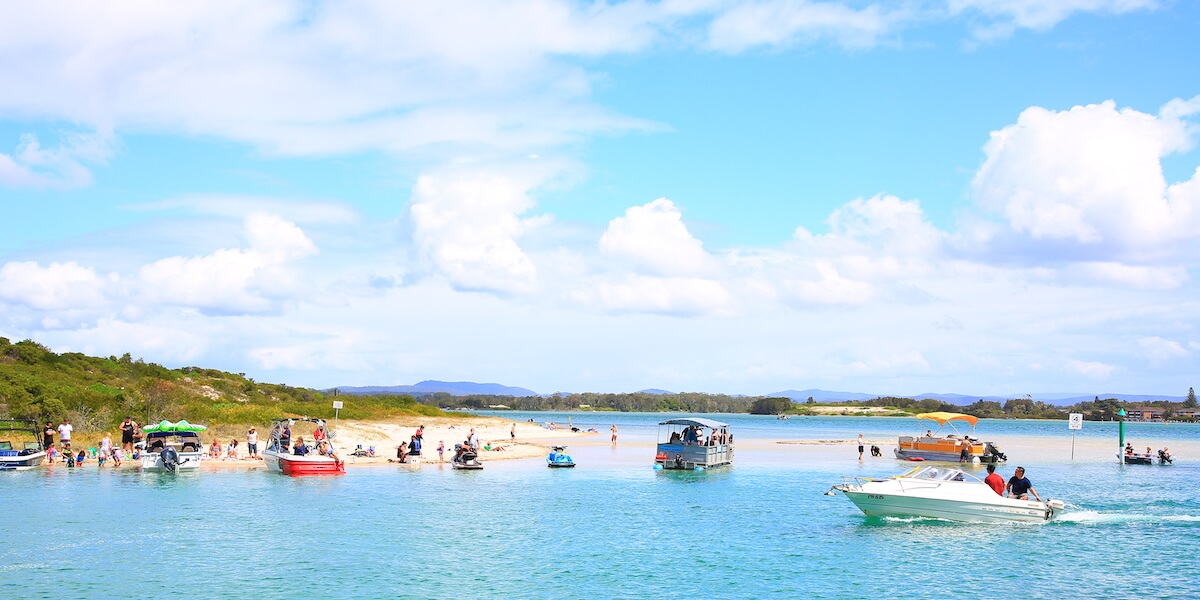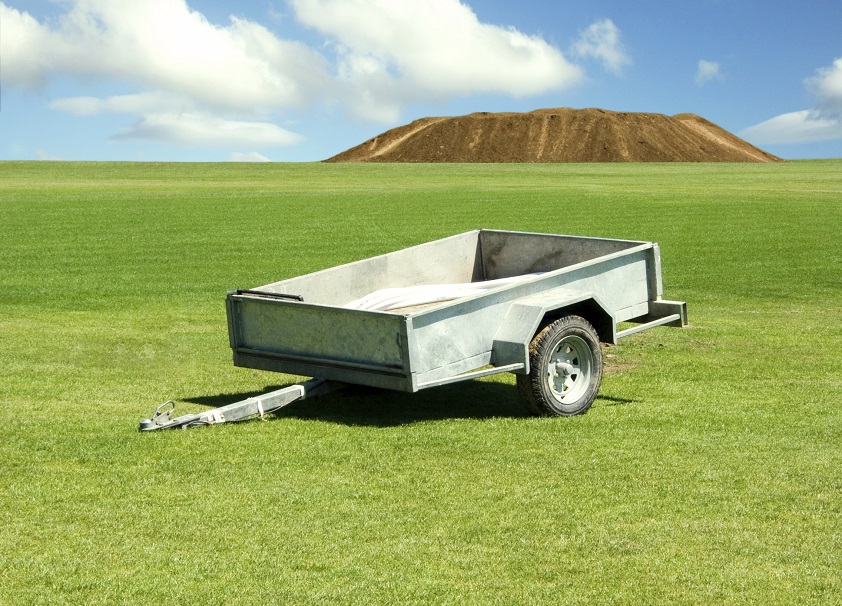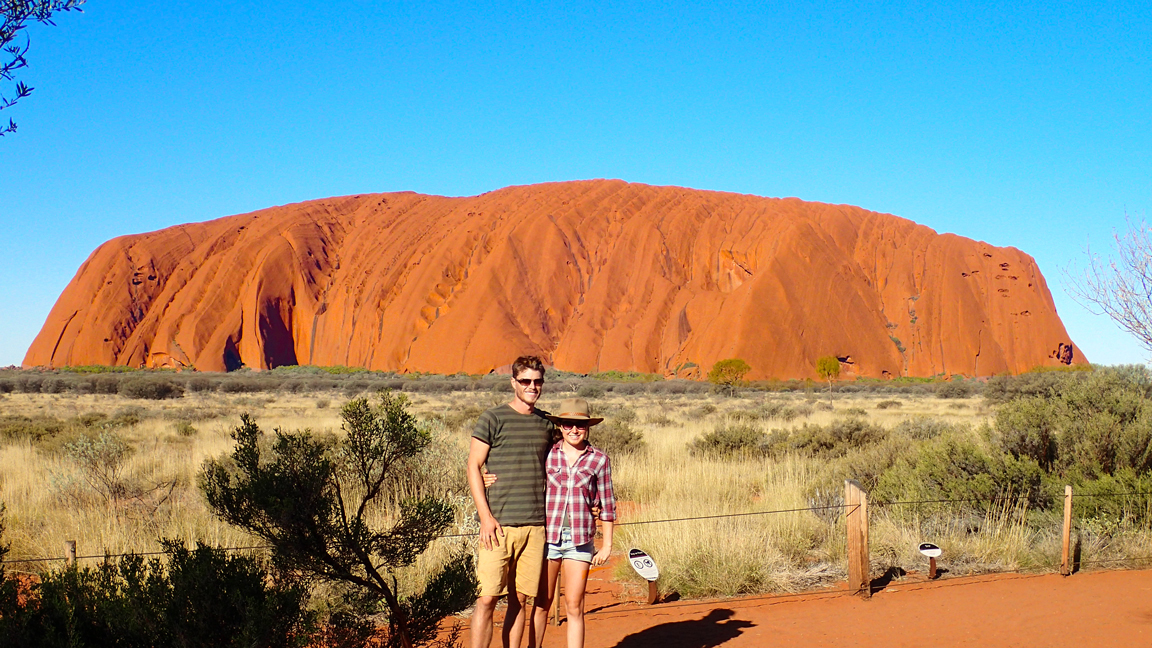If you are considering taking a mid-year break, the time to start planning is now. Winter is almost here and if you live in one of Australia’s southern states, you’ll know how bleak this time of year can be.
For RVers, the southern winter is one of the best time to see Australia’s best sites, from the gorges and waterfalls of the Top End, as it coincides with the dry season, to the alpine regions of Victoria and New South Wales.
But the beauty of Australia is that, regardless of the time of year, there is always somewhere to go – the key is in understanding your seasonal choices.
AUSTRALIA’S CLIMATE ZONES
Australia is divided into six climate zones: Equatorial; Tropical; Subtropical; Desert; Grassland; and Temperate.
As the name suggests, the Equatorial zone is closest to the equator – the tip of Cape York and the very tip of the Northern Territory. The Tropical zone covers much of the rest of Cape York, hugging the Gulf of Carpentaria, through Arnhem Land and across the northern part of the Kimberley.
The Sub-Tropical zone covers much of the Queensland coast and some hinterland and outback areas.
The Desert zone fills out much of the Australian interior, including sections of Queensland, the bulk of Western Australia, and most of South Australia, while the Grassland zone covers other outback regions in New South Wales, Queensland, the Northern Territory and Western Australia, not to mention the north-west of Victoria.
The Temperate zone is probably the one that offers the least extreme weather, covering most of Victoria, the coast and hinterland of New South Wales and stretching up towards Brisbane. The south-west corner of Western Australia, across to Esperance, is included in the Temperate zone, as are the southernmost parts of South Australia.
VICTORIA AND TASMANIA
Australia’s two most southern states fall within the Temperate zone (with the exception of north-west Victoria) and the four (European-style) seasons are most pronounced here.
Victoria will have reasonably pleasant weather from October to April, though the weather drops almost 7°C in the Victorian Alps for every 1km increase in altitude, making November to March the better bet.
It is much the same situation in Tasmania – the best time of the year to visit is November to March; however, on the east coast, you might get away with a month either side.
THE SUB-TROPICS
The sub-tropical zones in New South Wales, South Australia, Queensland and the Western Australian coast are prone to particularly hot summers and cool winters. Naturally, the further north you go, the more the average temperatures increase.
The inland areas, technically within the Grassland or Desert zones, will typically be more extreme in temperature than the coastal regions.
The sub-tropics are often thought of as a year-round destination, though the more southern parts of this zone can be more chilly, especially from June to August.
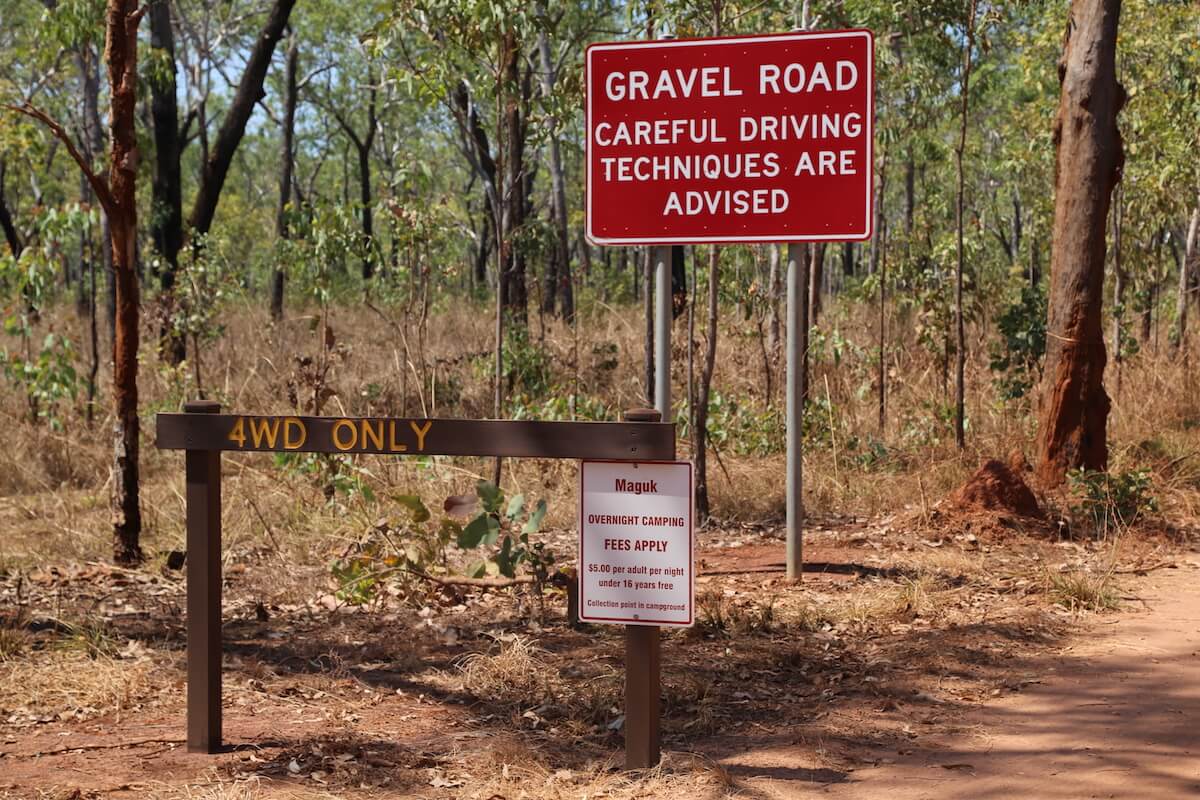
THE TROPICS
Northern Western Australia, the top of the Northern Territory and most of Cape York, as mentioned, are distinctly within the tropics. While daytime temperatures are usually reasonable, it’s in this zone where the wet and dry seasons need to be considered.
The wet season runs from October to April, or thereabouts, with the Dry running from May to September; however, the actual conditions that characterise each season may set in or taper off sooner or later than in previous years.
The Dry is the most desirable time to visit the tropics. With lots of sun, average temperatures in the low 30s, and minimum temperatures reflecting the maximums of the southern states, it is a veritable paradise. What’s more, the roads leading to the best attractions, such as gorges and waterfalls, will have a better chance of being open.
While during the Wet the waterholes will be full and the vegetation lush and green, the humidity will be very high – it’s like a natural sauna. What’s more, many roads become impassable and it’s likely that many campgrounds will be closed. It is also the most dangerous time of year in terms of cyclones.
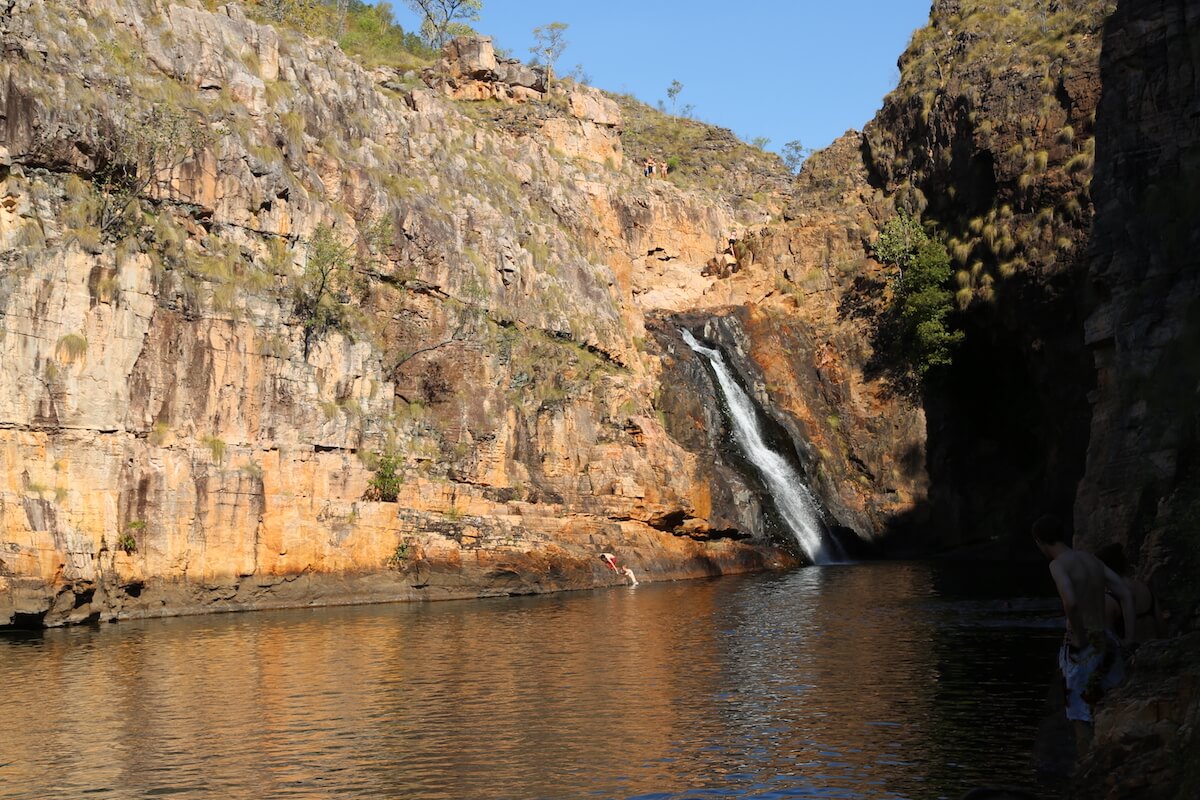
THE CENTRE
June to August (the southern winter) is a good time to head to the Centre. It is also peak season, so it is essential to plan your travels carefully. The popular holiday parks and camp sites will probably be full by the time you arrive! Be mindful, however, as the temperature can drop below freezing at night time.
It would be a good move to give the Centre a miss from November to March. Daytime temperatures are extreme indeed, reaching the high 40s. And should something go wrong, the likelihood of a fellow traveller being able to assist is minimal – there simply will be much less traffic at this time of year.
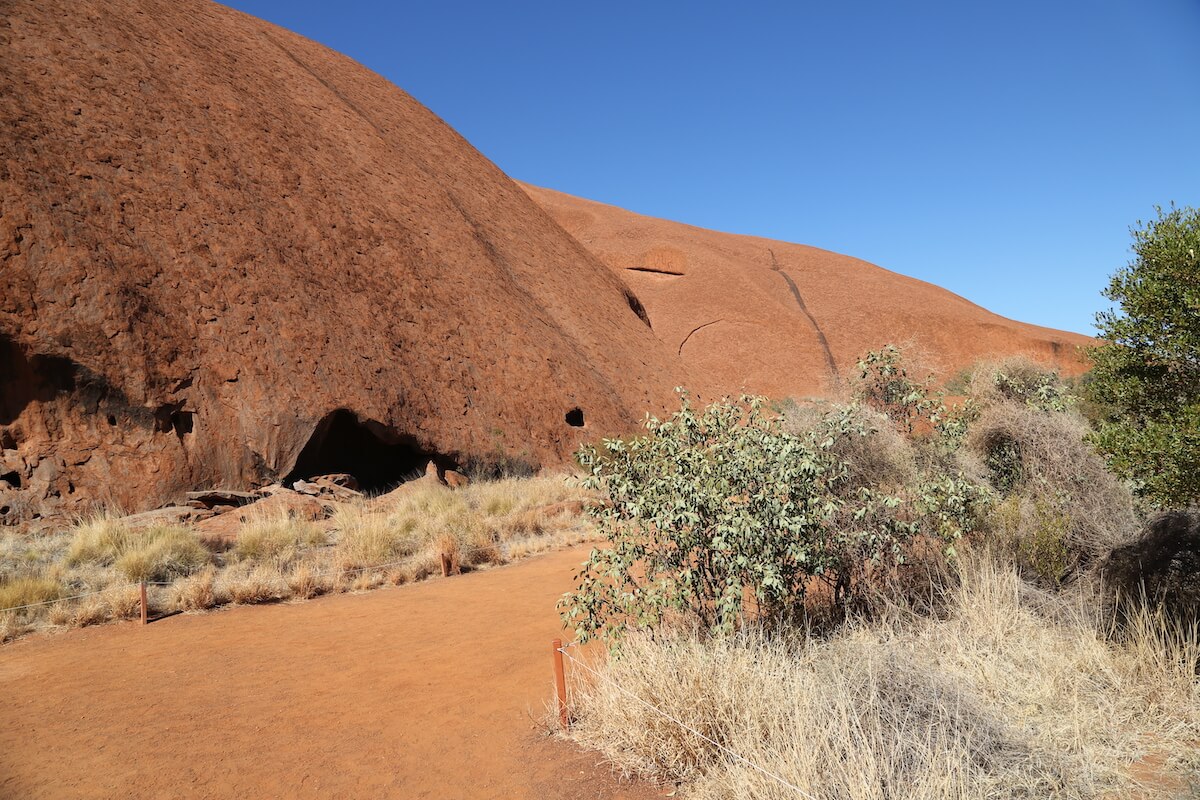
SUMMING UP
With such a varying climate, Australia really does offer something for everyone at all times of the year. So don’t let the winter blues or a sweltering summer stop you from hitting the road. Knowing where to go, and when, is the key.
MEET THE AUTHOR

Max Taylor
Max Taylor has been caravanning since he was a kid and was the editor of some of Australia’s most well-known RV publications for almost 10 years.

